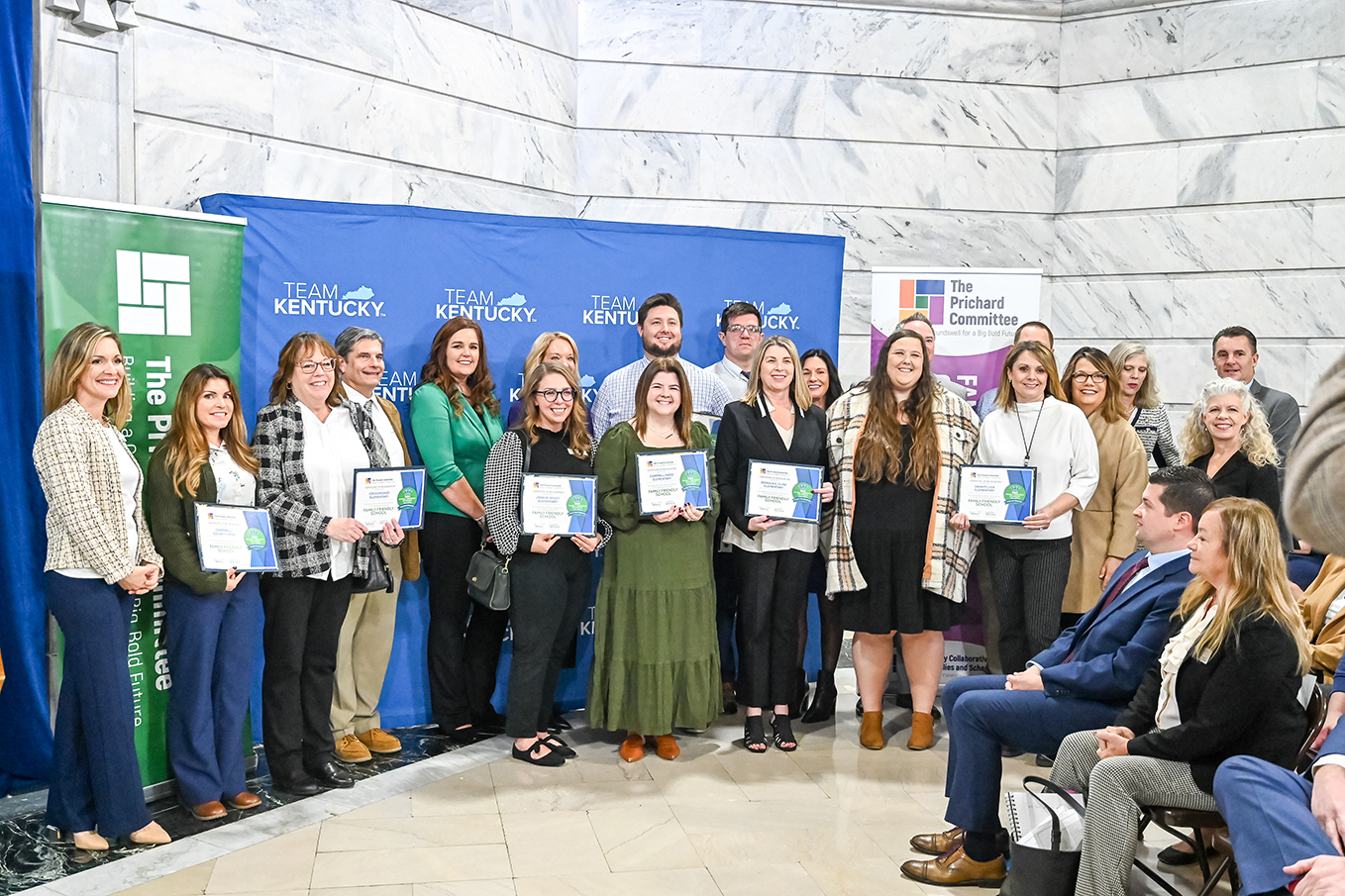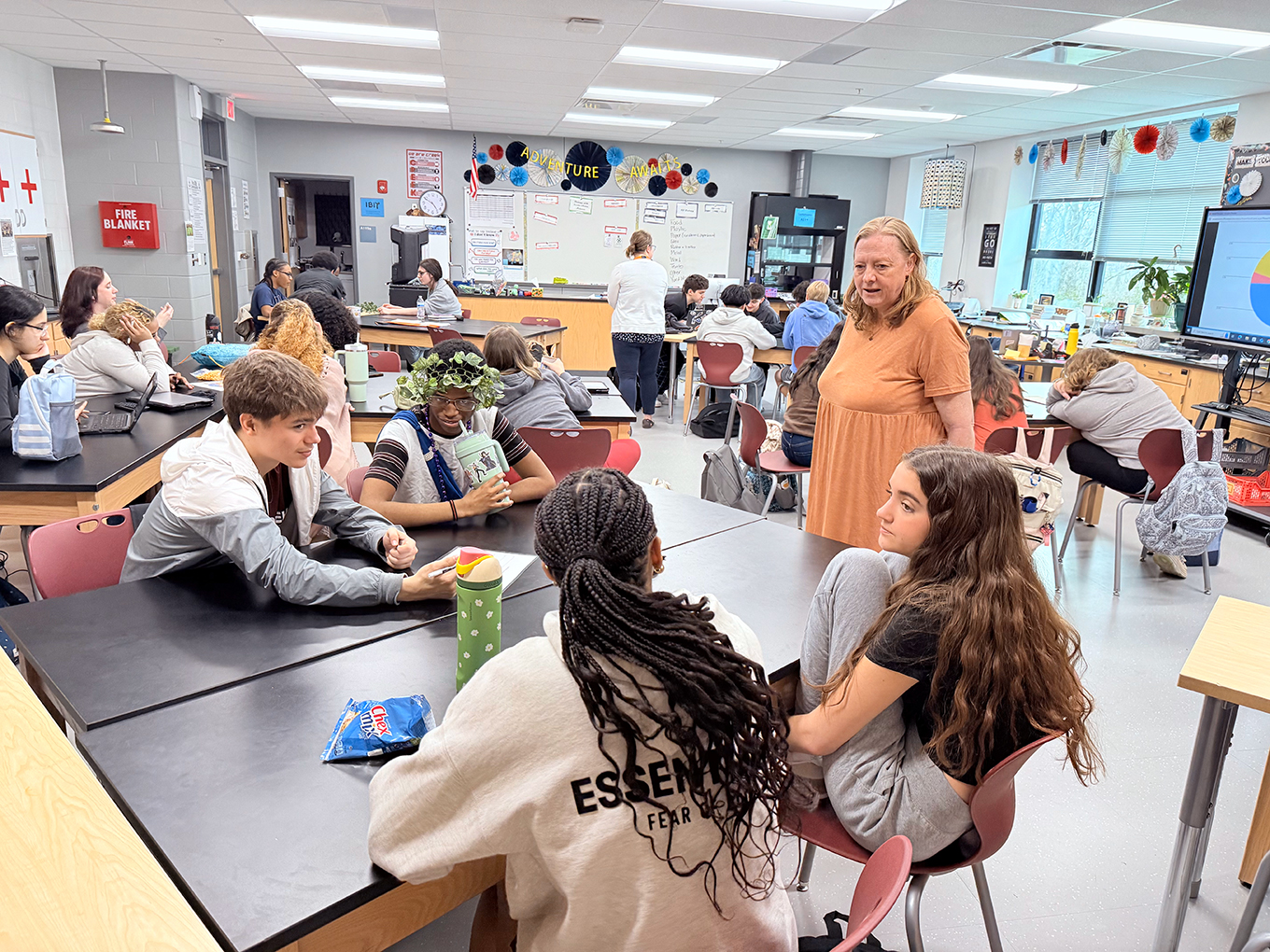“Give me a lever long enough … and I shall move the world.”
– Archimedes

Lu S. Young, Kentucky Board of Education Chair
As schools transitioned away from the high-stakes accountability environment of No Child Left Behind in 2015, many Kentucky schools and districts began a journey toward deeper, more personalized learning as a path to equity for ALL learners. On that journey, educational leaders across the Commonwealth committed to developing a portrait of a graduate – sometimes called a portrait of a learner at the elementary level – to redefine and enhance expectations for learners from preschool through high school graduation and on into postsecondary.
In a symbolic way, a portrait of a graduate can serve as an Archimedean lever that ultimately changes the learner experience to be more personally relevant, more engaging, and more reflective of the learning and career challenges faced by students in the fast-paced, interconnected, tech-driven world of 2022.
So, what is a portrait of a graduate? Simply put, it is an agreed-upon set of school-level (or district-level) aspirations for what every learner will know and be able to do when they leave us. That exit may happen at the end of preschool, end of primary, end of intermediate, end of middle school, at high school graduation or at any other checkpoint along the way.
No matter when students demonstrate a particular portrait of a graduate skill – such as communication, collaboration or problem-solving – the skill remains the same while learners advance through a series of developmental learning progressions that build and improve over time. For instance, 3rd-graders can demonstrate collaboration skills through a variety of learning experiences in school such as group projects and activities, or outside of school in scouting, youth soccer, church youth group, afterschool programs and so on. When that portrait of a graduate skill is assessed at a later checkpoint, let’s say at the end of 8th grade for example, teachers will see more nuanced and sophisticated skill development.
This progression in skills is much like what happens as little ones progress from t-ball to coach-pitch baseball to Babe Ruth League and beyond. The skill doesn’t change; kids just get better at it.
Inherent in the implementation of portraits of a graduate is a shift to performance-based assessment in addition to the knowledge-based assessments that teachers use most often in schools. In performance assessment systems, teachers use scoring guides and other assessment tools to gauge how student skills progress over time. They give students frequent feedback and lots of opportunities to practice the skills, much like students practice sports or rehearse the arts. Performance assessment systems often culminate with public presentations of learning such as defenses of learning, exhibition nights and student-led conferences – to name a few.
To better illustrate the “what” of a portrait of a graduate, check out what these districts from across Kentucky are already working to implement and measure:
- Jefferson County Schools Backpack of Success Skills
- Shelby County Schools Profile of a Graduate
- Logan County Profile of Success
- Fleming County Bridge Performance Indicators
These districts, along with others across the Commonwealth, have embarked on a journey toward deeper learning that better meets the needs of the whole learner: knowledge, skills and dispositions. When fully implemented, portraits of a graduate become the lever by which teachers, schools and districts rebalance our learning expectations to include a broader, more enduring set of aspirations for what every student should demonstrate in terms of mastery of academic content, essential workplace skills that employers seek and those human qualities that we want in tomorrow’s global citizenry.
The net effect of co-creating a school or district portrait of a graduate with community partners, and putting that portrait in place in every classroom, is that these essential skills and dispositions become as important as the academic content that we focused almost exclusively on throughout the era of No Child Left Behind. They do not replace academic content; rather they enhance and extend that knowledge to relevant, real-world application.
The Kentucky Board of Education has established a subcommittee to model the portrait of a learner process at the state-level. It is our hope that all Kentucky districts will follow suit, joining this effort wherever they are on the journey by defining, communicating and measuring the skills and dispositions that are critical to student success in the 21st century. Ours is a global, interconnected world full of complex challenges that will require new skills and mindsets, innovation and lots of new ideas.




Leave A Comment